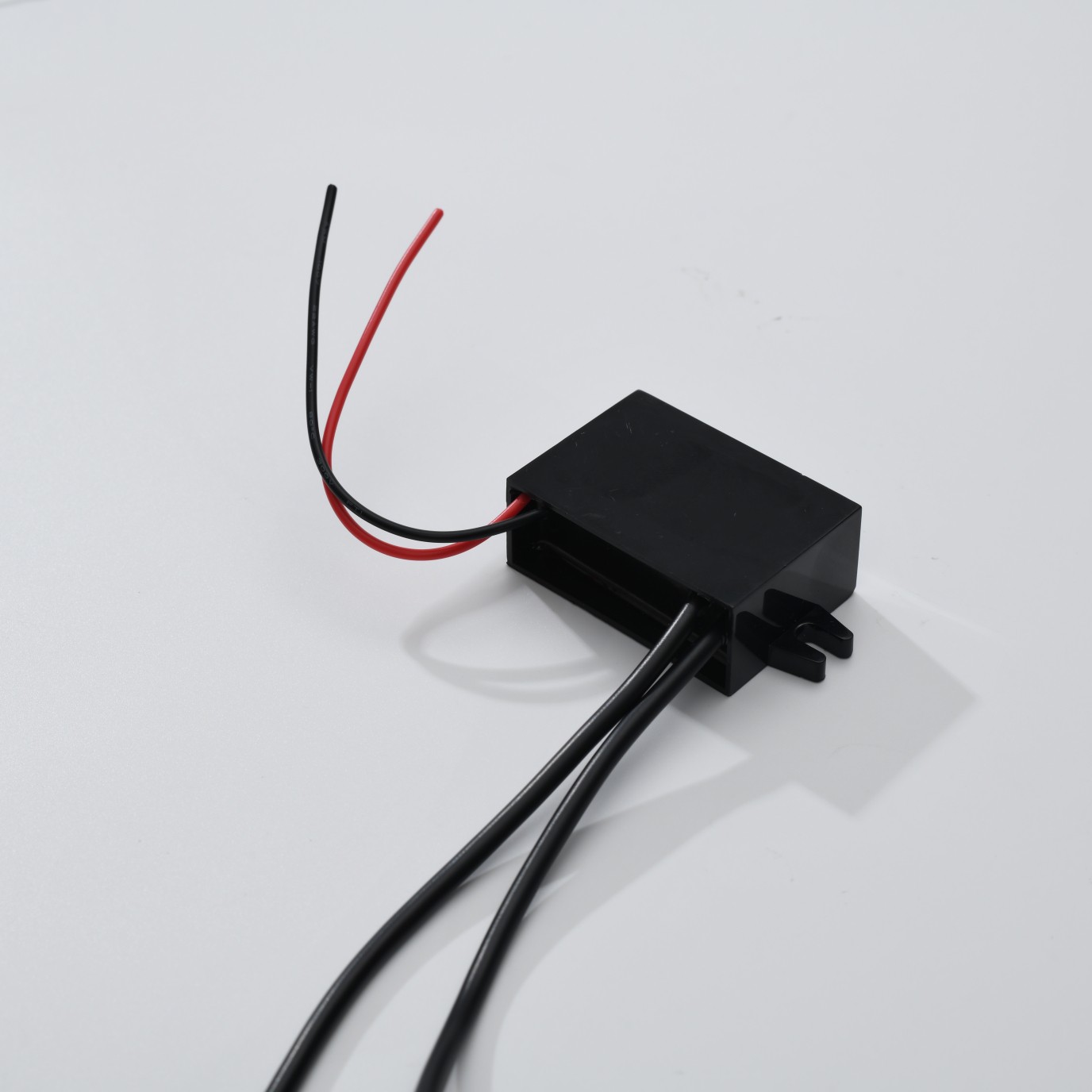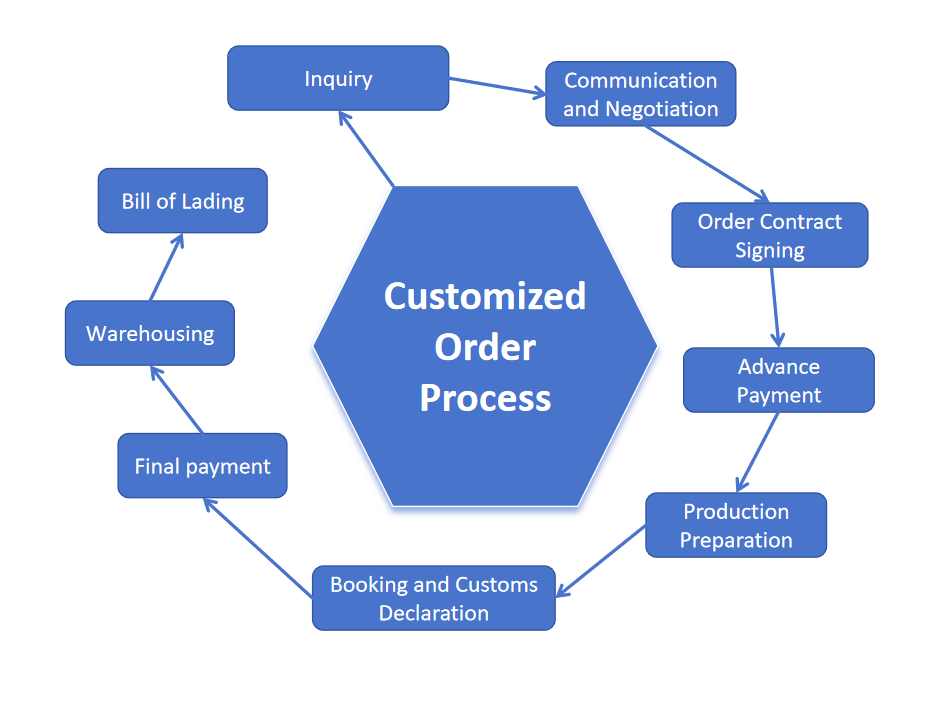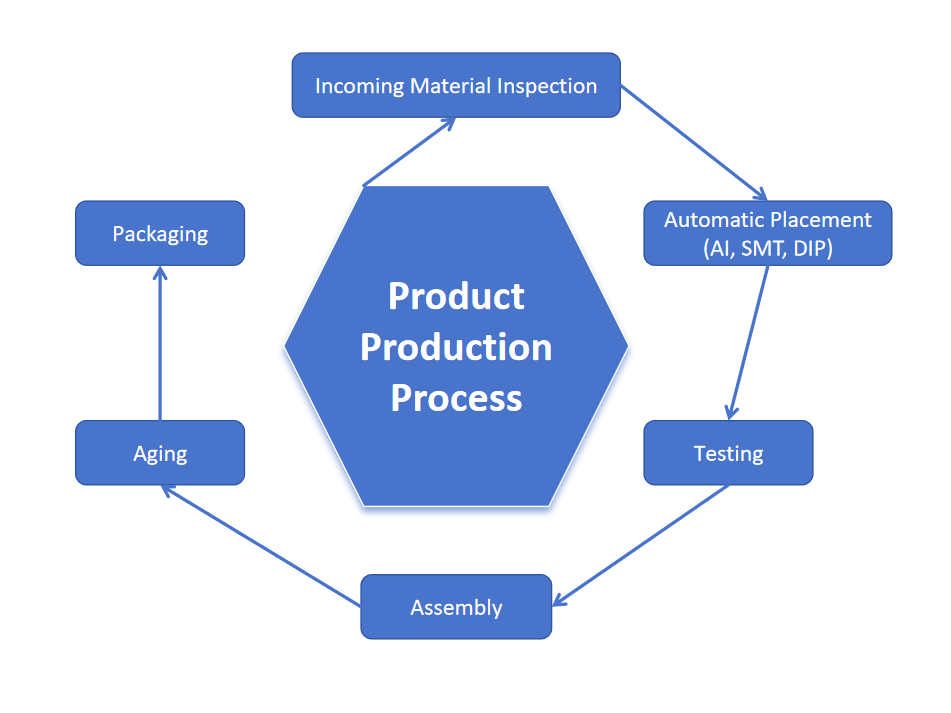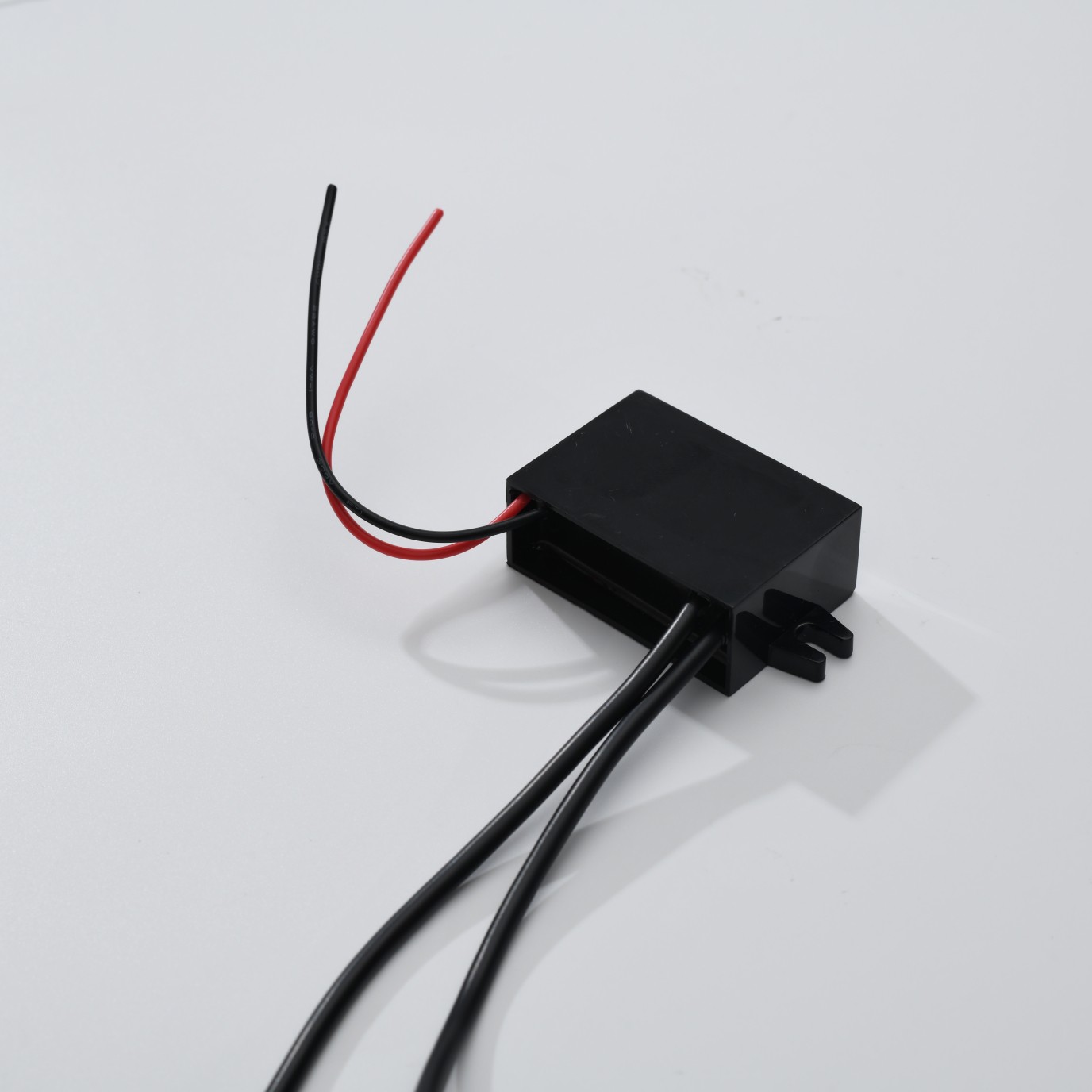

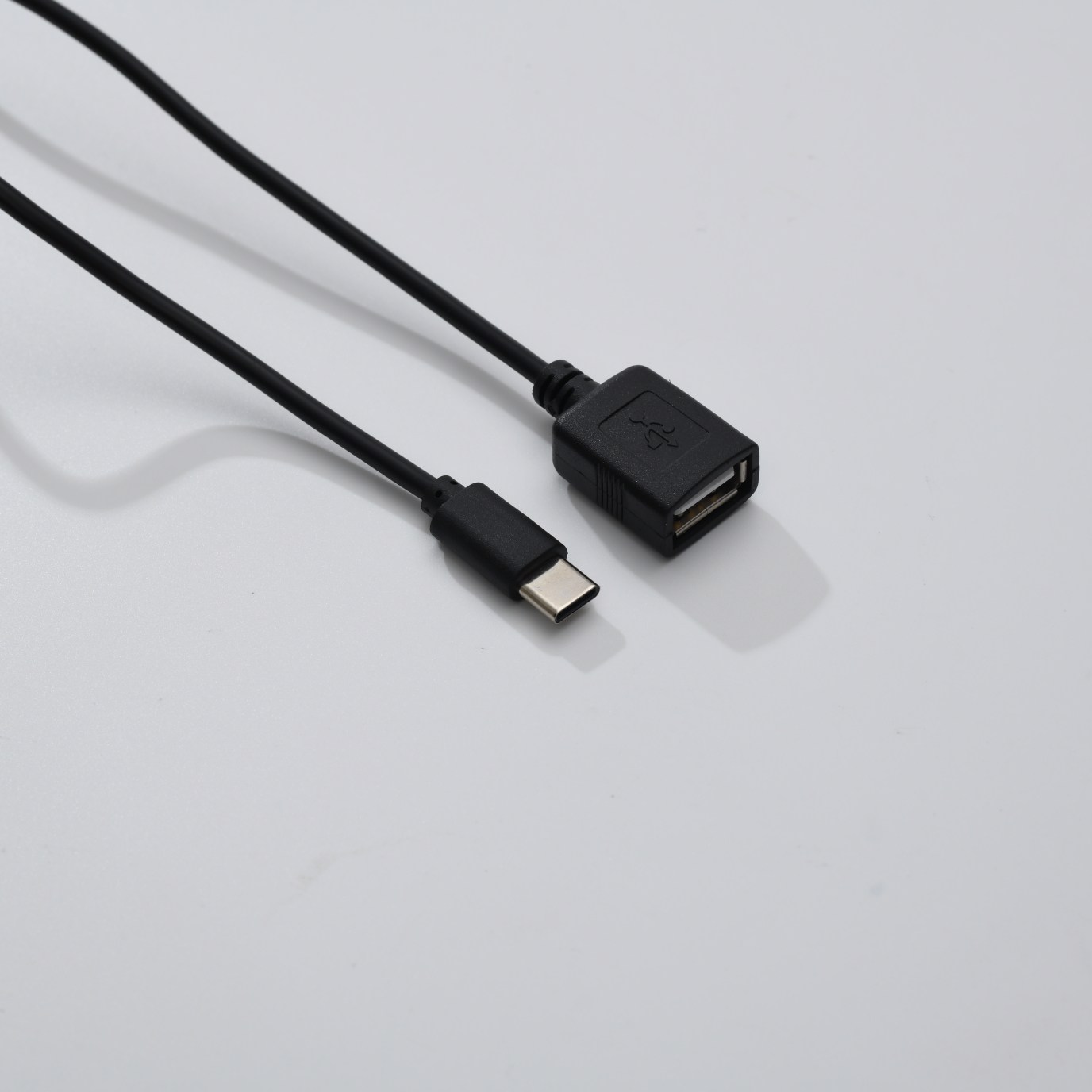

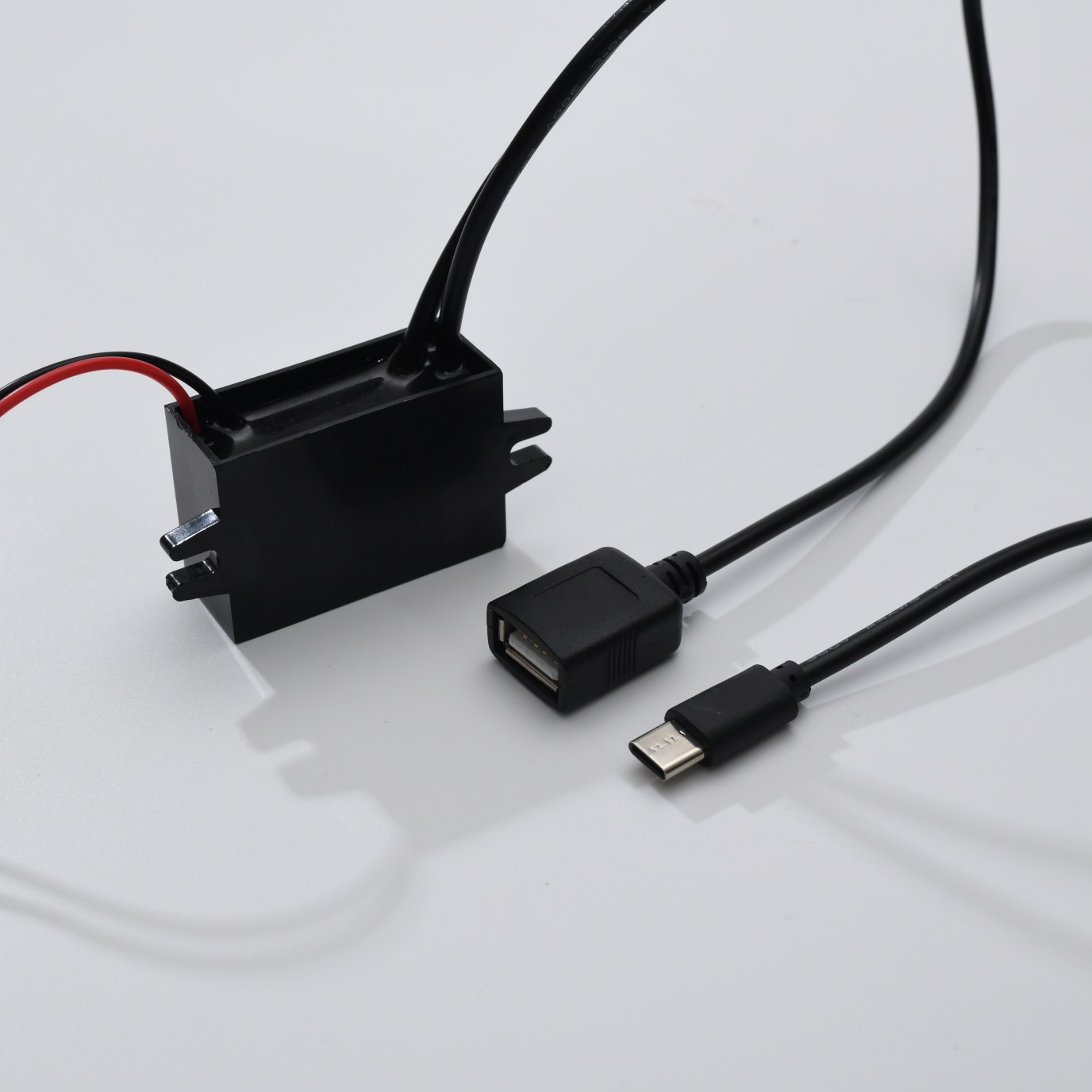
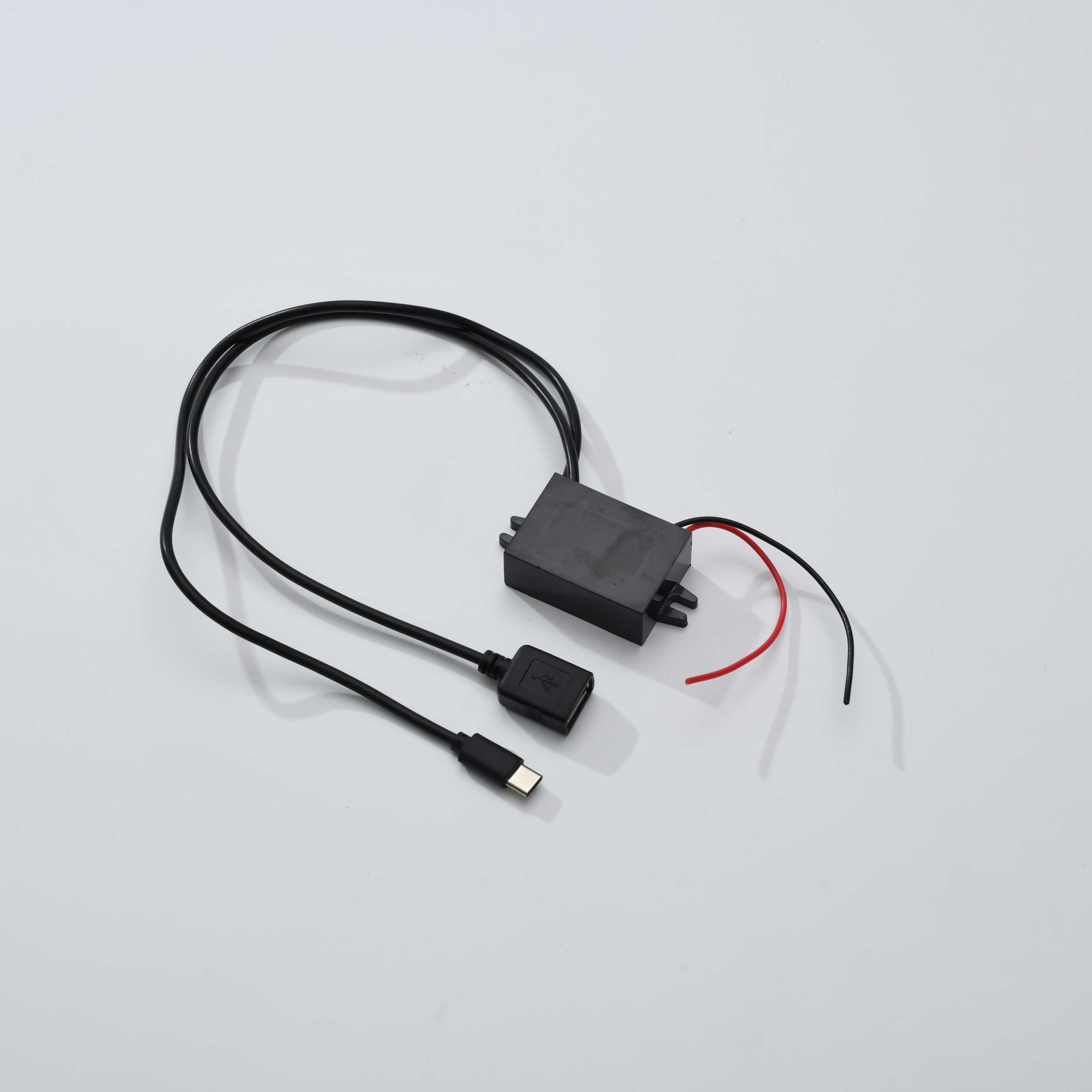
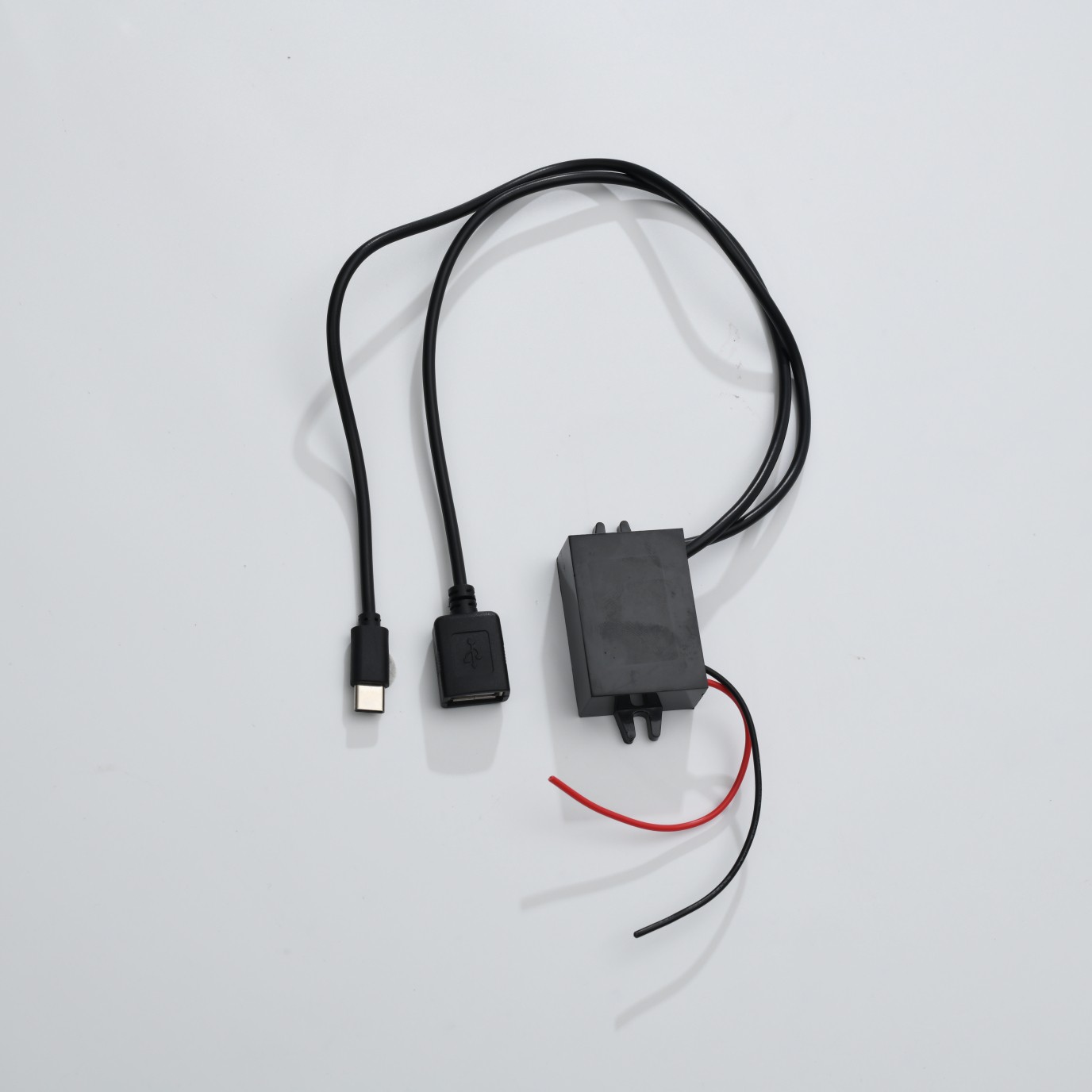

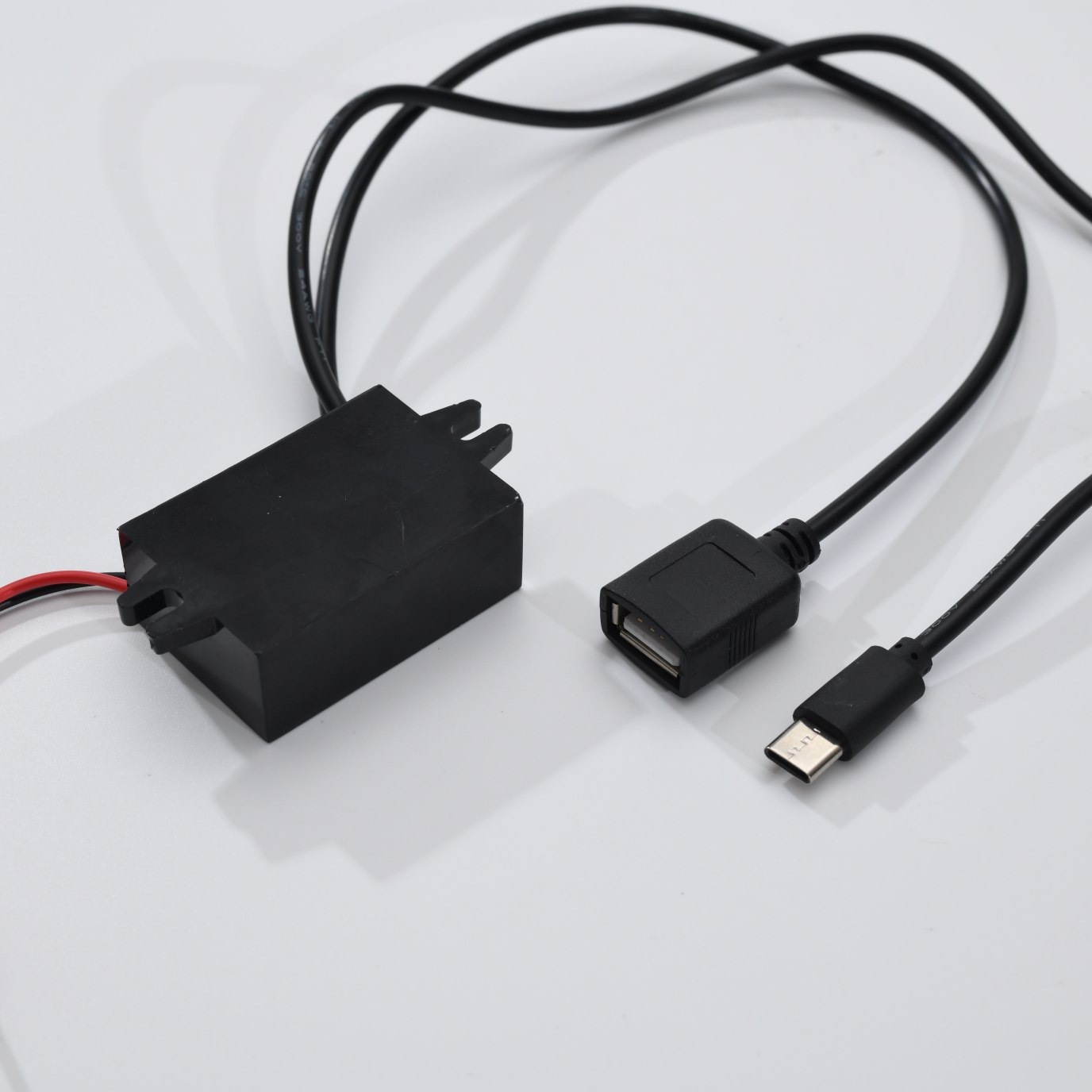
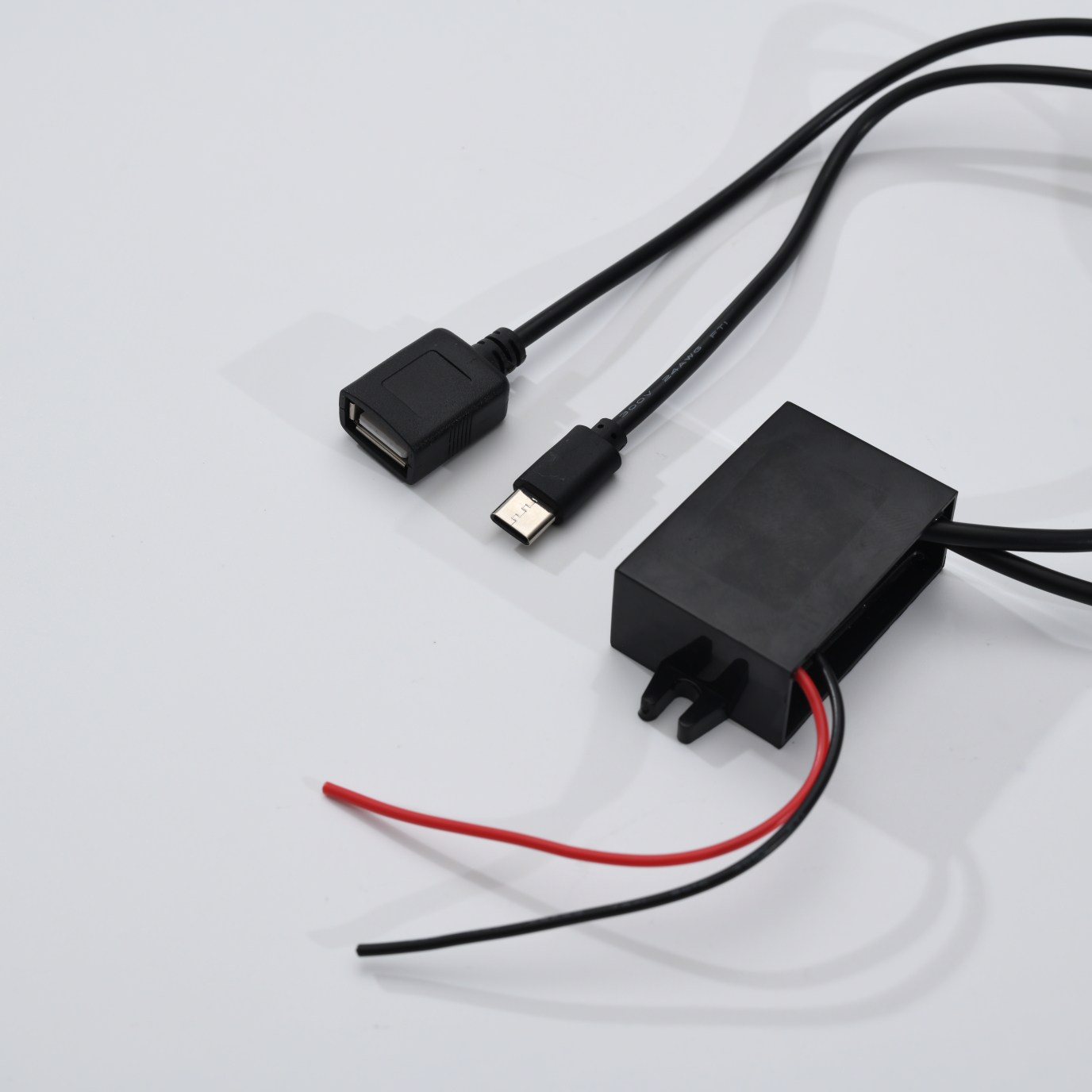
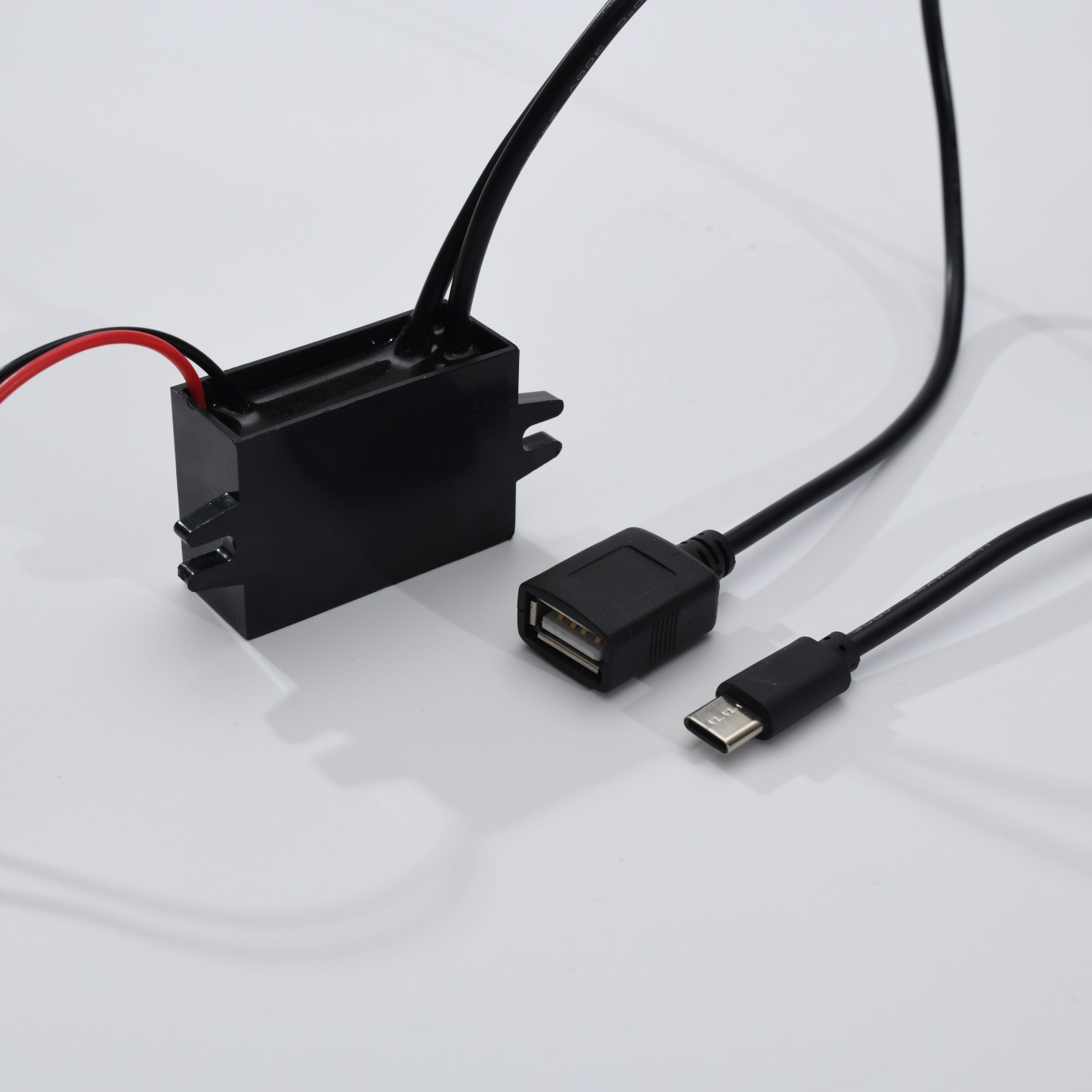
Product Description
The HJ-0890 DC-DC Buck Converter is a high-efficiency step-down DC-DC converter designed to provide stable, reliable power for electronics, smart home devices, and other 3C products. Also referred to as a buck converter module or DC-DC voltage regulator, this device is ideal for battery-powered systems and energy-sensitive applications. OEM customization is available, allowing output voltage and current parameters to be tailored according to your needs.
Certified with CE and ROHS, the HJ-0890 ensures safety and compliance for global applications.
A DC-DC Buck Converter is an electronic device that efficiently lowers (steps down) a higher input voltage to a lower output voltage. Using pulse-width modulation (PWM), it precisely regulates voltage to provide a stable and reliable power supply for various electronic devices.
Voltage Reduction – Converts a higher DC input voltage (DC08–90V) to a lower, stable output voltage, controlling internal transistors for precise regulation.
High Efficiency – Achieves work efficiency ≥80%, minimizing energy loss during voltage conversion.
Compact Design – Space-saving layout makes it ideal for applications where efficiency and size matter.
Wide Applications – Perfect for 3C products, smart home devices, automotive electronics, and renewable energy systems.
Multiple Protection Features – Overvoltage protection, short-circuit protection, overload protection, and temperature protection safeguard both the converter and connected devices.
Energy Efficiency – Minimizes power loss, extends battery life, and reduces heat generation.
Stable Voltage Regulation – Maintains consistent output voltage even with fluctuating input or varying load conditions.
Versatility – Compatible with a wide range of electronic devices and systems requiring precise voltage control.
3C products (computers, cameras, and communication devices)
Smart home devices and IoT electronics
Automotive electronics and battery-powered systems
Renewable energy and solar power systems
Industrial electronics requiring precise voltage regulation
Confirm input and output voltage specifications before installation.
Ensure proper ventilation to prevent overheating.
Securely connect input and output terminals according to schematic diagrams.
Avoid exceeding maximum rated current to prevent shutdown.
Inspect periodically for dust, corrosion, or damaged components.
High-quality DC-DC buck converter module with stable performance
Compact, efficient, and versatile for a wide range of applications
Built-in multiple protection features for safe operation
OEM customizable output parameters to meet specific requirements
Certified CE/ROHS for global compliance and reliability
Q1: What is a DC-DC Buck Converter?
It is an electronic device that steps down a higher DC input voltage to a lower DC output voltage efficiently.
Q2: Can the HJ-0890 be customized?
Yes, output voltage and current can be customized according to customer requirements.
Q3: What protection features are included?
Overvoltage, short-circuit, overload, and temperature protections are included.
Q4: What devices can this converter be used for?
Suitable for 3C products, smart home devices, automotive electronics, battery-powered systems, and renewable energy applications.
Q5: What is the maximum output power?
The HJ-0890 supports a maximum output power of 36W.
Product Information
| Model: | HJ-0890 |
| Type: | DC-DC Buck Converter |
| Custom Processing: | OEM |
| Certification: | CE / ROHS |
| Whether to Customize: | Parameters can be customized according to needs |
Product Specifications
| Input Voltage: | DC08~90V |
| Input Frequency: | 50/60Hz |
| Output Voltage And Current: | 5V 3A, 5V 4A, 9V 2A, 9V 3A, 12V 2A, 12V 3A |
| Output Power: | MAX: 36W |
| Work Efficiency: | ≥80% |
| Working Temperature: | -20℃~+50℃ |
| Storage Temperature: | -20℃~+80℃ |
| Humidity: | 10%~90% RH |
| Multiple Protection Functions: | Overvoltage protection, short circuit protection, overload protection, temperature protection |
